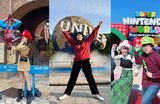Chuseok is one of Korea’s largest holidays and is celebrated according to the lunar calendar (the same weekend as the Chinese Mid Autumn Festival). Think of it as the Korean Thanksgiving. Festivities are spread over three days, when Korean’s traditionally travel back to their hometown to spend time with their families, eat plenty and pay respect to their ancestors. You know how this goes – family, fun and too much food!
So, if you’re visiting Seoul over 25-28th September this year – you’ll be there for the Chuseok Festival. It’s best to know this before you go; otherwise, it may be a bit of a shock to find loads of shops, restaurants and attractions with ‘closed’ signs on their doors. But never fear, in a large, dynamic city like Seoul, you’ll never be short of things to do! Instead of fretting about what’s not open, here are the 9 things you need to know before you go.
1. Festival Features
Photo Credit: Snack Fever
Come Chuseok, when family members gather from here, there and everywhere, they share food, tell stories and give thanks to their ancestors. Besides Seollal (Lunar New Year’s Day) and Dano (the 5th day of the 5th lunar month), this festival is a big deal. Also known as Hangawi, you can split Chuseok meaning into Han, which translates as ‘big,’ and ‘gawi, which translates as ‘the ides of the 8th lunar month or autumn.’ On the 15th of August, the full, harvest moon is in the sky; let’s celebrate this mid autumn festival in Korea.
2. What goes on during Chuseok
When Chuseok morning rolls around, the family holds memorial services or charye at home. To honour their ancestors, they prepare rice fresh from harvest, alcohol and half-moon cakes, known as songpyeon. These goodies are then offered up to the ancestors. After the service, it’s time for a big family feast. Another old custom on this day is called seongmyo, where the family venture out to show their respects at ancestral graves. The Hangawi meaning runs deep.
3. Get your game on
Photo Credit: Must See Places
In keeping with all things harvest and abundance, the Koreans bust out the traditional folk games during this celebration. One of these is a circle dance called Ganggangsullae; on the first night of the full moon, women dress up in traditional Hanbok costume, form a large circle, join hands and sing. The grapevine says this dance dates back to the Joseon dynasty, circa 1392-1910. Back then, the Korean army would put the village women in military garb and get them to walk around the mountains. This served to create the illusion of a mightier Korean military, and scare off enemy forces. And the thing is – it worked – this dress up deception was responsible for numerous victories.
Chuseok traditions continue with Korean wrestling, known as ssireum. You can see wrestlers in round sandpits, take each other on – one-on-one – in matches that test skill and strength. There’s also samulnori, which is a traditional percussion quartet and the mask dance known as talchum.
4. Downlow on the DMZ
Photo Credit: Korea Tourism
Don’t find out the hard way; be aware that DMZ tours are a no-go on public holidays. BUT – you can still get quality insight into the Korean War at the Korean War Memorial, which IS open during public holidays. The museum will enlighten you about the war between south and north, and give you a timeline of events from day dot, till now. Along the way, you can hop on some interactive exhibitions and go on a ride that conveys the lives of people who lived through the war.
The Korean War Memorial
Address: 29 Itaewon-ro, Yongsan-gu, Seoul, South Korea
Opening hours: 9:00am – 6:00pm
5. Cosmetic alternatives
Expect department stores to be closed during Chuseok (sad face). If you’re still keen on a Korean cosmetic-fix, go online to Lotte Duty Free website. It’s less logistical, so you’ll save pennies and your afternoon; it’s cheaper than city stores, and you can use discount coupons. Sometimes the city stores even restrict in-store sales to customers with a membership. When you’re at the airport, just head to the Lotte Duty Free counter to collect your cosmetic treasures.
6. Have festival, won't travel
Look – there’s loads to see in Korea, both around Seoul and much further afield. But to be honest, during Chuseok Korea, there’s a mass exodus from the city, with everyone making a beeline for their family home. That means traffic, traffic and more traffic. It also means plane and train tickets are often sold out. There’s no way around it, it just isn’t the ideal time for moving around the country, so instead of tackling the crowds or sitting in snail-paced traffic, stick around Seoul by planning a day trip. Start by a visit to Nami Island; a secluded islet that shows off Korea’s natural beauty. It’s your basic dreamscape – think tree-lined paths and perfect picnic spots. Alternatively, adrenalin junkies will love the Everland theme park just outside Seoul for some gut-wrenching and thrilling rides. Book via Klook and save a massive 35% on general admission tickets.
Directions to Nami Island: Take the Gyeongchun Line to Gapyeong Station then take a taxi to the island or walk (20 min)
Directions to Everland: Take the Bundang Line to Giheung then transfer to the Everland line travelling until the last stop
7. Where to get in on the action
To celebrate with locals during Chuseok, there are a number of places where you can get a taste of the festival's festivities. There’s the Korean Folk Village and Namsangol Hanok Village which host traditional games, as well as performances, so you can access the atmosphere. Then there’s the ancient palaces: Gyeongbokgung Palace, Changdeokgung Palace and Huwon (UNESCO World Heritage), Changgyeonggung Palace and Deoksugung Palace that are open during the holiday period. Don’t forget – ‘haengboghan Chuseog,’ means happy Chuseok in Korean!
Insider Tip: Wear a Hanbok, the traditional Korean dress, and get free entry to the palaces. Now that’s a good deal.
8. In pursuit of Korean food
Photo Credit: Korean Culture And Information Service
During this holiday, many restaurants will close their doors, but there are always exceptions to the rule. If you wander around the well-trodden tourist spots like Myeongdong and Insadong, you’re sure to find some foodie delights that are still open. It’s not going to be the little back alley gem you stumbled on by accident, but you’ll still get a great holiday meal. While in Myeongdong, try out Andong Jjimdak – look out for the sensational sweet, sour and spicy (yes – all at once) braised chicken and potato dish. If you can’t find it, just go with the chef’s recommendation. You can’t go wrong!
Insider Tip: When arriving in Seoul – check out our guide to get into the city from the airport!
9. Festival foods
Photo Credit: Maangchi
When in Korea, festivals generally mean food, and Chuseok time is songpyeon time. Made by the whole family on Chuseok-eve, these golf-ball-sized rice powder balls are filled with sesame seeds, red beans and chestnuts. Yum. To make them even more delicious, when the rice cakes are being steamed, they’re layered with pine needles, which add a delicate pine aroma.
And according to an old Korean adage, whoever makes the loveliest-shaped songpyeon will meet their match and be blessed with a beautiful baby! If traditional pancakes are more your fare, you can tuck into these and wash them down with a Korean liquor. Cheers to Chuseok traditional food.
Festival fever
If you’re looking for more festival action in South Korea, you’re spoilt for choice. For the wild child, you can Klook Your Way to the Boryeong Mud Festival! Or for something truly know-your-socks-off beautiful, try the Buyeo Seodong Lotus Festival, where you can wrap your head around the features of all things floral. If flowers and all things petals and blooms bring you joy, this flower fest is the place for you. Whatever kind of celebrations you savour, you can Discover Korea through its festivals!
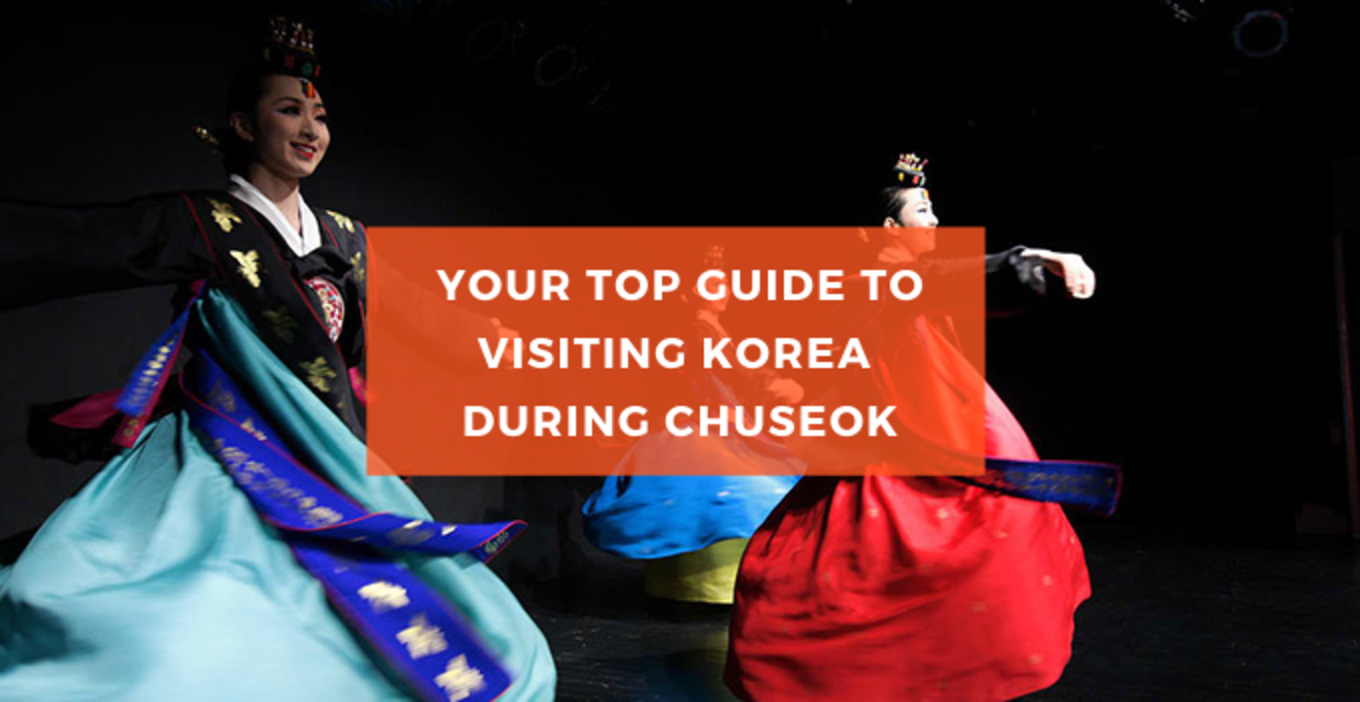

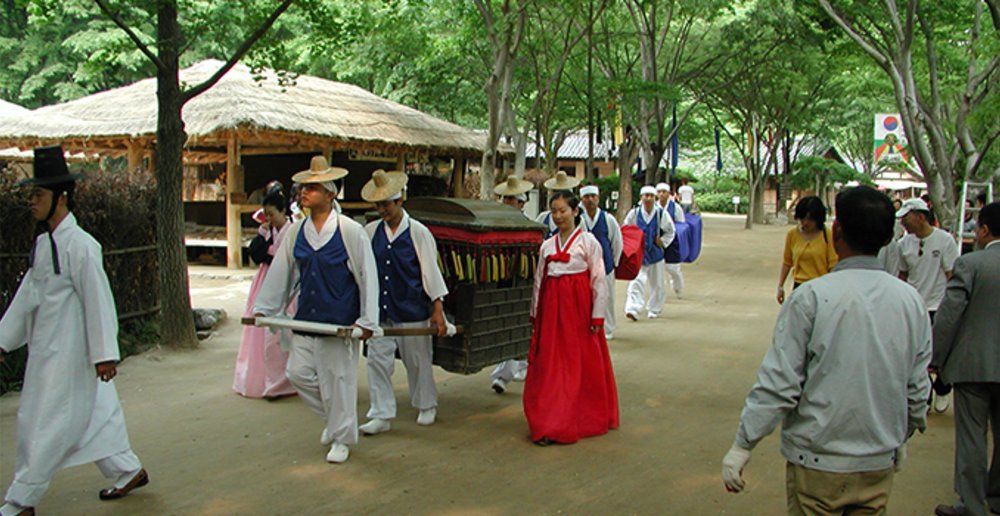
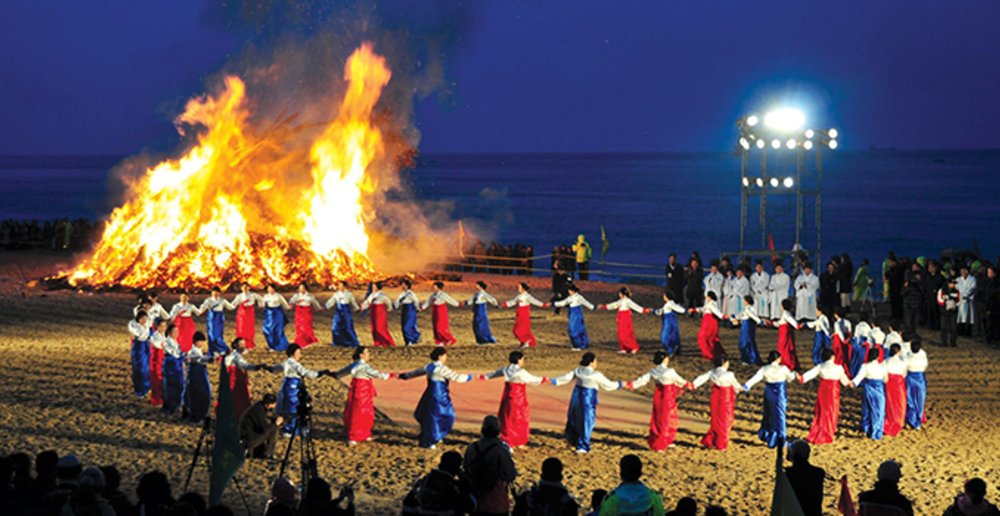


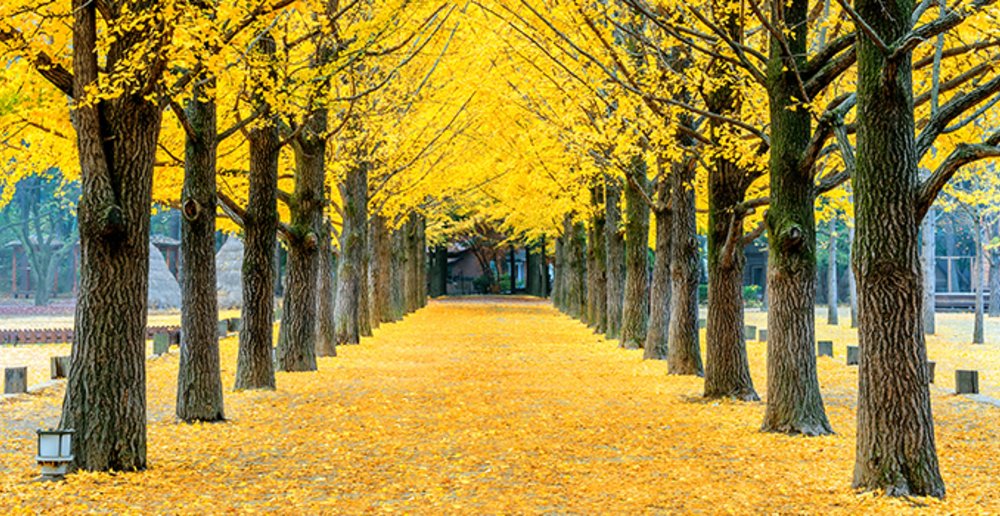
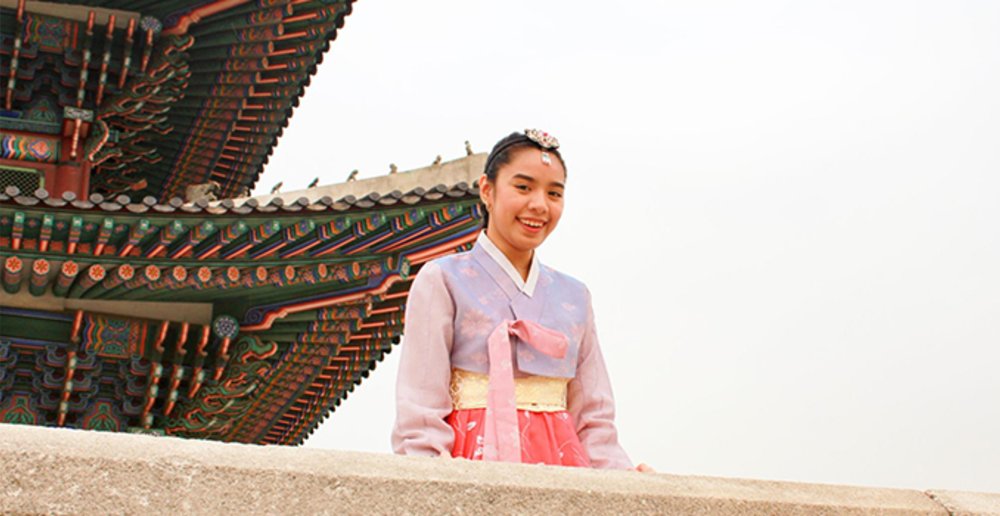
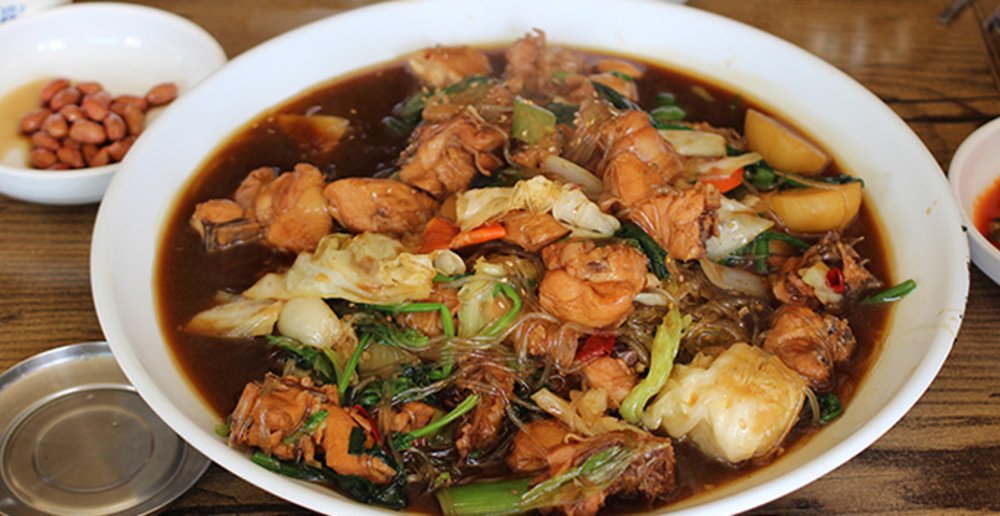
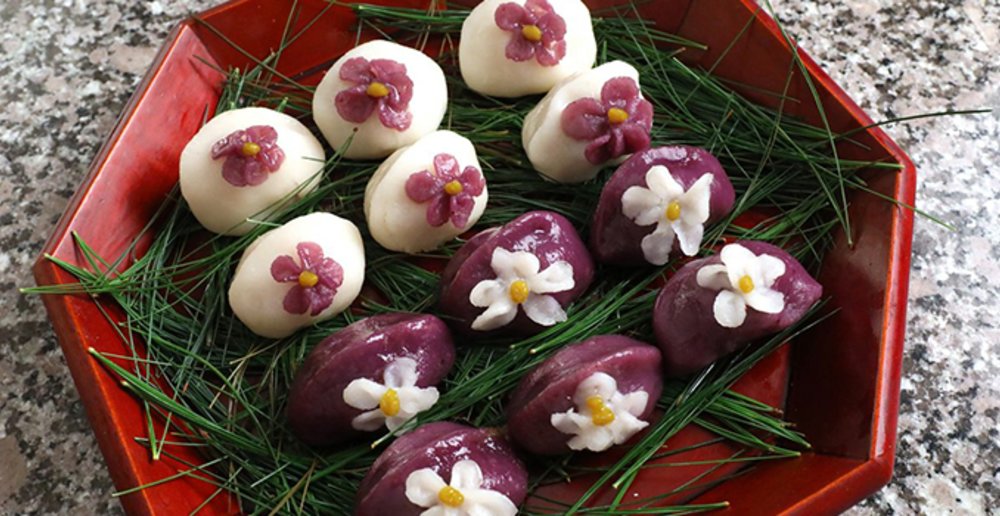



![[Updated] Complete List Of Official Nationwide MCO SOP 2021](https://res.klook.com/image/upload/fl_lossy.progressive,q_85/c_fill,w_160,h_104/v1633858858/blog/iso56uzsphmdguixkvzh.jpg)
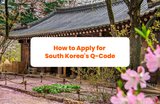


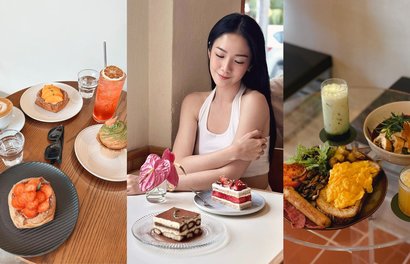
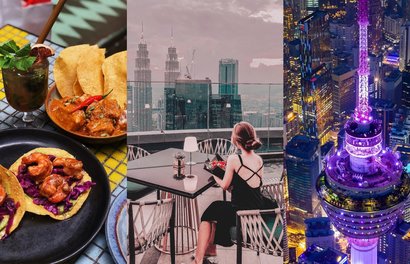
![[Updated] Complete List Of Official Nationwide MCO SOP 2021](https://res.klook.com/image/upload/fl_lossy.progressive,q_85/c_fill,w_410,h_264/v1633858858/blog/iso56uzsphmdguixkvzh.jpg)







